Afcons Begins Work on Delhi-Meerut RRTS’ Package 6
Afcons Infrastructure last Thursday performed a bhoomi puja and ground breaking ceremony in Delhi’s New Ashok Nagar neighborhood for Package 6 of the 82.15 km Delhi – Meerut RRTS Line which was awarded by National Capital Region Transport Corporation (NCRTC) in November 2020.
Afcons had emerged as the lowest bidder among 5 for constructing an approximately 4.3 km section between Sarai Kale Khan – New Ashok Nagar in September 2020. They will be chasing a 910 day deadline to complete civil works.
Their scope includes building a viaduct from Sarai Kale Khan Station to New Ashok Nagar’s Down-Ramp, a bridge over the Yamuna River, an entry ramp leading to the Jangpura Stabling Yard (where a few Bombardier train-sets will stabled overnight for morning services), and two elevated stations at Sarai Kale Khan and New Ashok Nagar.
The station at Sarai Kale Khan will in the future also serve as the terminal for the 164 km Delhi – Alwar RRTS and 103 km Delhi – Panipat RRTS lines, with multi-modal integration with the Delhi Metro’s Pink Line, Hazrat Nizamuddin railway station, and ISBT bus station. A rudimentary, purely indicative design can be viewed here.
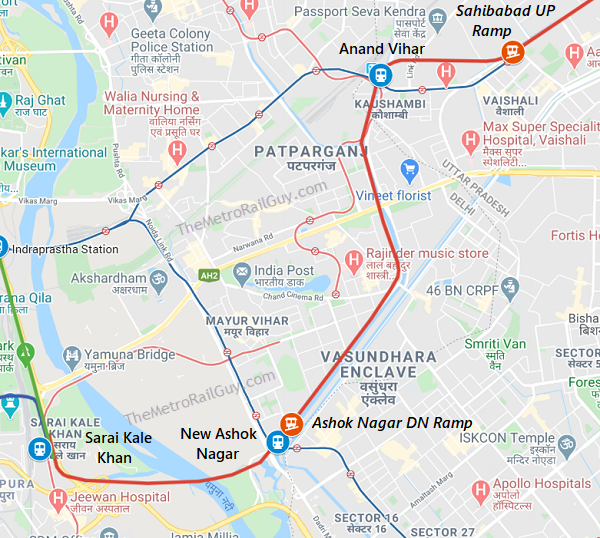
Here are some shots snapped in New Ashok Nagar along Hindon Canal and Ghazipur Drain:
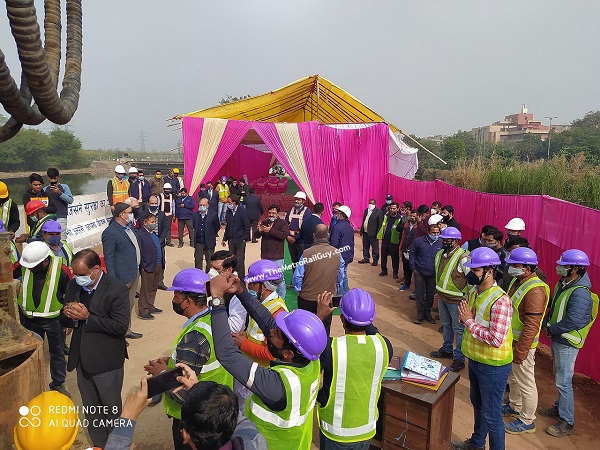
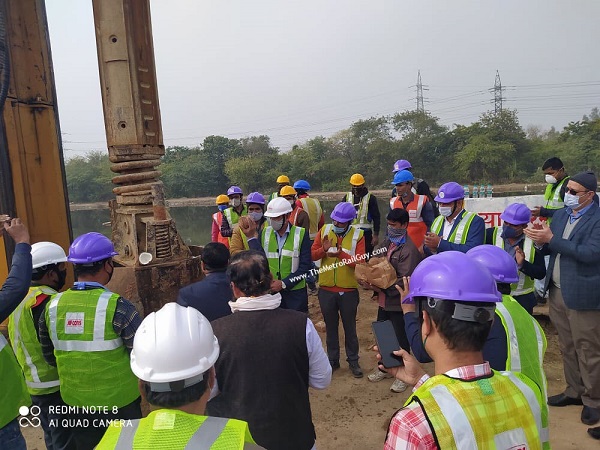
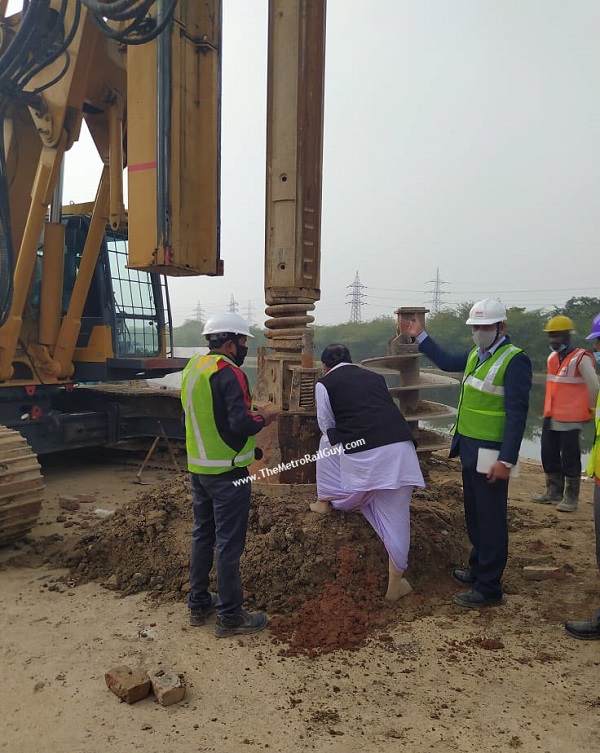
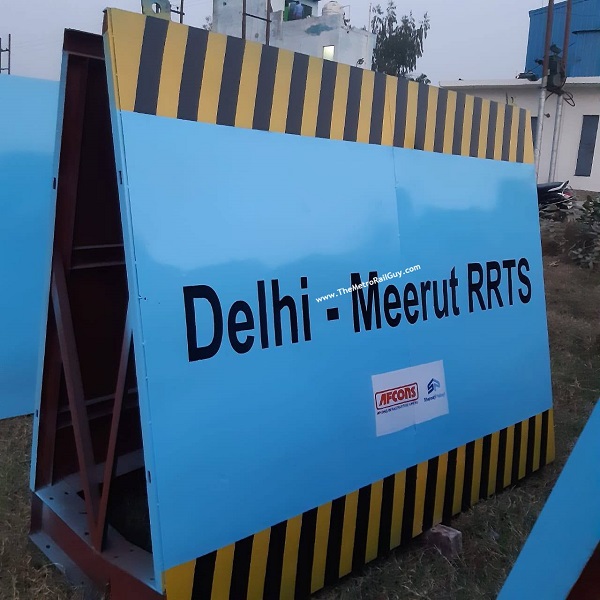
Afcons will be assisted by Tandon Consultants Pvt. Ltd – Fountainhead JV who were appointed as the detailed design consultants (DDC) for the Sarai Kale Khan & New Ashok Nagar stations in September 2019. Initial pile load tests have already been conducted by Continental Piling & Excavation Pvt. Ltd. through a contract awarded in February 2020.
Piling work has been planned to start today (Monday). When that happens, Package 6 will become the 5th of 7 main-line packages, after packages 1, 2, 3 & 7, where construction work has started taking the under construction portion’s length to approximately 67 km out of 82.15 km.
For more updates, check out the NCR RRTS section of The Metro Rail Guy!
– TMRG
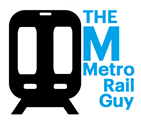

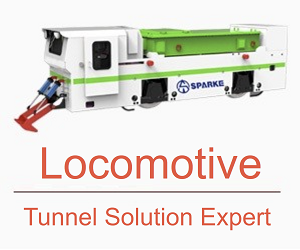

Hi Mate,
What’s the length of stabling line to Jangpura (from the point of divergence on main line)?
About 1.6 km long. Have mapped it out here in orange color:
https://themetrorailguy.com/2020/09/19/sam-india-wins-delhi-meerut-rrts-lines-package-9a/
Give some updates of Patna metro
Nothing major at this time. Technical bids for underground package are currently planned to be opened on Jan 14. Will share bidder names that evening.
Any updates on modipuram depot
Tender notice is pending
Please show all bidders and price
For Package 6? See
https://themetrorailguy.com/2020/09/01/afcons-infra-wins-delhi-meerut-rrts-package-6/
Any job vacancy for civil engineer
Waste of public money, instead they should have upgraded existing Indian Railway line and made High speed line connecting New Delhi Railway station with Ghaziabad and Meerut.
Existing train takes just over 1 hour, so high speed train is an upgrade as it should take 18 minutes to reach Meerut and exiting railway can connect smaller towns to high speed train
Such a genius suggestion. Wonder why highly qualified IES officers of Railway Board didn’t thought of that. Maybe because existing Delhi-Howrah route is one of the most busiest lines of Indian railways.
Maybe planning a 82 km high speed corridor of average speed of 250+ kmph, with an added requirement of making most of the route at-grade, with very large turnouts, very sophisticated high speed rolling stocks of max speed 300-350 kmph with etcs- level 2 signalling and operating that in the same MRTS manner as Delhi is an overkill from the economical and utilisation point of view, but what would the planners at NCRTC know right ?
Thank you for agreeing with me 😉
This line is expected to carry 7.91 plus and current chair car cost is Rs 280 so we are looking at 22cr per day of revenue which translates to 8030cr per year.
Project cost is 30,274cr (369cr/km) so ROI is less than 4yrs.
It seems this route is more profitable than Mumbai-Ahmedabad (212cr/km)
“Upgrading” to high speed will increase within acceptable limits for this project.
This 82km can later be extended in future, as required.
Smaller stations can be connected by existing Indian Railway line which will further connect with High speed stations.
Also, NDLS should be the station in Delhi.
As far as technicals are concerned I am very sure India has more flexibility than Japan. India has more land space.
Lets have a meaningful discussion, sarcasm will not help.
Hi,
You are mistaken in your understanding of the basic reason why these new lines are being built, or for that matter, why bullet train or dedicated freight lines are being built. It is not just to “increase the speed”. The idea is to BUILD INFRASTRUCTURE CAPACITY.
Have you ever wondered why we have waiting list on train tickets? Or overflowing crowd in all general coach or suburban trains (pre-covid)? It is because our railways cannot provide adequate capacity to serve the needs of all customers. The number of trains running on the IR tracks has crossed saturation points on all routes many years back.
That is why IR has been trying to build third and fourth rails on all trunk routes (but it is very slow due to land acquisition issues). That is also why DFCs are being built to separate out freight traffic so that additional capacity becomes available on the existing lines for passenger traffic. Similarly, the RRTS and HSR projects are BUILDING ADDITIONAL CAPACITY FOR FUTURE by laying extra tracks! This will reduce the load on the IR lines automatically and enable it to run more trains and ABSORB MORE CUSTOMERS WHO OTHERWISE COULD NOT TRAVEL DUE TO WAITLIST TICKET. Imagine the day when you can reserve a 3 tier AC ticket with ease 2-3 days before travelling because there are so many trains…that is the long term goal of investment in infrastructure capacity creation.
Now, if you say you can increase capacity to a same level by simply “upgrading the existing IR lines”, then you will be mistaken. Can you run Delhi to Meerut EMU service at 5 minute frequency on existing IR lines even after signal upgradation?? Then where will the slow passenger trains run on? How will you let the fast Rajdhani overtake? It is very complicated. The best solution is to create DEDICATED CAPACITY by SEPARATING TYPES OF TRAFFIC. Exactly what they are doing by DFCs (Freight), HSR lines (High speed long distance traffic), and RRTS (Semi-high speed dedicated short distance traffic), and the residual IR tracks will serve slow speed and semi-high speed long distance traffic. This will be the new model of cross-country public transport. UNDERSTAND THE BIG PICTURE IDEA INSTEAD OF GETTING INTO MINUTE COST DETAILS.
Your analysis framework of “cost reduction” is basically a trap. Infact it is a trap in most engineers of our country fall into. Cost reduction for short term gain to show so-and-so amount savings is not the right approach. Innovation requires multi-dimensional thinking, not just cost reduction, as more channels of revenue automatically open up because of increased investment. INVESTMENT IS NOT “COST”, SO IT NEED NOT BE REDUCED! RATHER IT NEEDS TO INCREASE!! UNDERSTAND THIS!
Yare Yare.
Let’s face the facts. Indian Railway tracks suffer from legacy issues. Can’t be upgraded to high speeds of 200-250 kmph.
Need to be built on dedicated tracks at at-grade level, with very large turnouts. Meaning a requirement of large scale land acquisition, a major part of which would be private land acquisition. Such land acquisition is very difficult in this region. Delhi-Meerut expressway phase-4 got delayed by 6 years because of this exact problem. Present structure is being constructed on existing govt land along National Highway, so land acquisition is least of the issue.
Let’s go from Operations point of view, line would be operated in MRTS manner. Meaning each train in 10-20 minutes. Plus the line would also serve as line-1 for Meerut MRTS, which would also be operated with the same headway. MAHSR has 2-3 round trips planned for each day, not In MRTS manner. That’s a big difference from Operations point of view. Operations cost would skyrocket if the high speed route operated in MRTS manner.
From technical point of view, high speed route would require costlier etcs-level 2 signalling system system, costlier Rolling Stocks, costlier tracks, costlier electrical sub-systems, costlier civil structures. Not to mention Much higher maintenance costs which would further impede it’s sustainability.
The Project cost estimate of such project would be so high, that let alone going into implementation stage, this project won’t even get approval of state finance department and it would be reduced to another DPR stuck in endless cycle of review-rejection.
Currently, they are focussing on speed of 160km/h which is very much doable as this has already been done – Train 18 is one such example which is running on upgraded tracks.
Land acquisition as per their website is of private land, by upgrading the existing line (even if it means laying new tracks) it would not be cheaper but also faster.
Operationally as per Mumbai HSR headway can be easily 5 min. Here, I would like to point out HSR will have 3 stations New Delhi, Ghaziabad and Meerut. Other stations will be connected with these station through upgradation of existing lines.
Now, if you look Indian Railways will have a competetion by just formed another Railway govt enterprise which means IR loss making increases.
High speed has another advantage. Less coaches are required as turnaround time is less.
For a very simple example.
If a train takes 45min to cover a distance then in 12 hours it makes 8 round trips and will require 18 trainsets for 5 min service
Train taking 15 min will perform 24 round trips and will require only 6 trainsets for 5 min service.
So, you see we save in trainsets a lot.
As far as capital cost is concerned, we will actually save as our trainset requirement is less.
Maintainence will be less as less trainsets will be required.
I actually analysed project cost and I am now very confused. I share the details below
Another factor which should be evaluated is this project started with 16000cr in year 2011, then 20,000 cr in 2017 and now 30,000
Cost per km is 369cr whereas Mumbai-Ahemdabad is 212cr per km
HSR costing only 212cr but rrts costing 369cr.
I would be happy, if somebody shares the reason for cost to escalate from 16k cr to 30k cr.
AND higher per km cost
@tmrg it would be very interesting if you can have a page with per km cost of all projects and all their phases.
The above is huge deviation half speed at 160% cost.
Hi,
You are mistaken in your understanding of the basic reason why these new lines are being built, or for that matter, why bullet train or dedicated freight lines are being built. It is not just to “increase the speed”. The idea is to BUILD INFRASTRUCTURE CAPACITY.
Have you ever wondered why we have waiting list on train tickets? Or overflowing crowd in all general coach or suburban trains (pre-covid)? It is because our railways cannot provide adequate capacity to serve the needs of all customers. The number of trains running on the IR tracks has crossed saturation points on all routes many years back.
That is why IR has been trying to build third and fourth rails on all trunk routes (but it is very slow due to land acquisition issues). That is also why DFCs are being built to separate out freight traffic so that additional capacity becomes available on the existing lines for passenger traffic. Similarly, the RRTS and HSR projects are BUILDING ADDITIONAL CAPACITY FOR FUTURE by laying extra tracks! This will reduce the load on the IR lines automatically and enable it to run more trains and ABSORB MORE CUSTOMERS WHO OTHERWISE COULD NOT TRAVEL DUE TO WAITLIST TICKET. Imagine the day when you can reserve a 3 tier AC ticket with ease 2-3 days before travelling because there are so many trains…that is the long term goal of investment in infrastructure capacity creation.
Now, if you say you can increase capacity to a same level by simply “upgrading the existing IR lines”, then you will be mistaken. Can you run Delhi to Meerut EMU service at 5 minute frequency on existing IR lines even after signal upgradation?? Then where will the slow passenger trains run on? How will you let the fast Rajdhani overtake? It is very complicated. The best solution is to create DEDICATED CAPACITY by SEPARATING TYPES OF TRAFFIC. Exactly what they are doing by DFCs (Freight), HSR lines (High speed long distance traffic), and RRTS (Semi-high speed dedicated short distance traffic), and the residual IR tracks will serve slow speed and semi-high speed long distance traffic. This will be the new model of cross-country public transport. UNDERSTAND THE BIG PICTURE IDEA INSTEAD OF GETTING INTO MINUTE COST DETAILS.
Your analysis framework of “cost reduction” is basically a trap. Infact it is a trap in most engineers of our country fall into. Cost reduction for short term gain to show so-and-so amount savings is not the right approach. Innovation requires multi-dimensional thinking, not just cost reduction, as more channels of revenue automatically open up because of increased investment. INVESTMENT IS NOT “COST”, SO IT NEED NOT BE REDUCED! RATHER IT NEEDS TO INCREASE!! UNDERSTAND THIS!
@Prithviraj
I never mentioned capital cost cutting rather I mentioned reduced operational cost.
I never said we need to run eveything on one track – we are not talking DFC. DFC needs dedicated tracks.
The way they are making project I am saying this on record they are messing up completely.
They market vistadom coaches with their 180degree turn seats and public is like WOW.
How is that capacity building? Cant they reduce seat pitch and have more seats per car?
Our existing tracks are severly underutilised.
—-> Imagine a day you just walk to a station buy ticket and board the train to any destination on the network anywhere in India.
You reach New Delhi station buy ticket for Mumbai and board the train. No need to prebook.
New Delhi Railway station is being built for 680 million usd but they are start/end station is sarai kale khan, so why are the spending so much money on ndls.
Even HSR will terminate at Sarai kale khan or dwarka or brijwasan.
Can they Complete 15000km in 25 years
I can do that. And I am talking about HSR.
RRTS IS COMPLETE WASTE OF PUBLIC MONEY
Please give update on Delhi-Panipat RRTS.
Please tell me is it possible to get New Project in Pondicherry Main City
Also Trichy & Madurai City’s In Tamilnadu
SUPERETANDENT-Plant and Mechenrey, Operation Maintenance
1-Delhi Metro Project Exp-13year IMCC,MTG,JMC India Projects Ltd
2-Road Project, Infrastructure, Constructin Project
Operation Maintenance,, Mobilization Equipment, all comet handle safety device system, MS monthly report and weekly report
Water tanker provide mo. 9410616493, 8057394048
Jcb machine provide no. 7011456650
Jcb machine any requirement please contact 9958627836